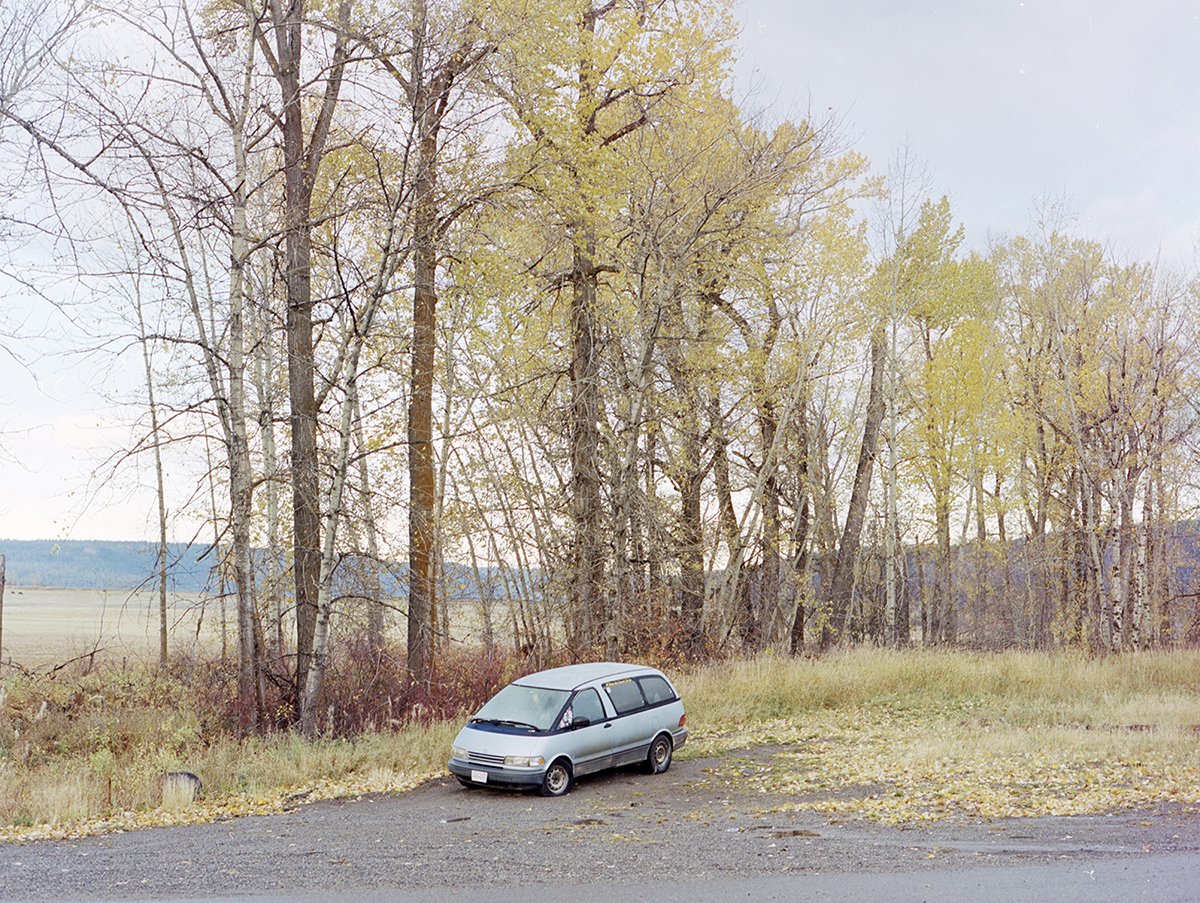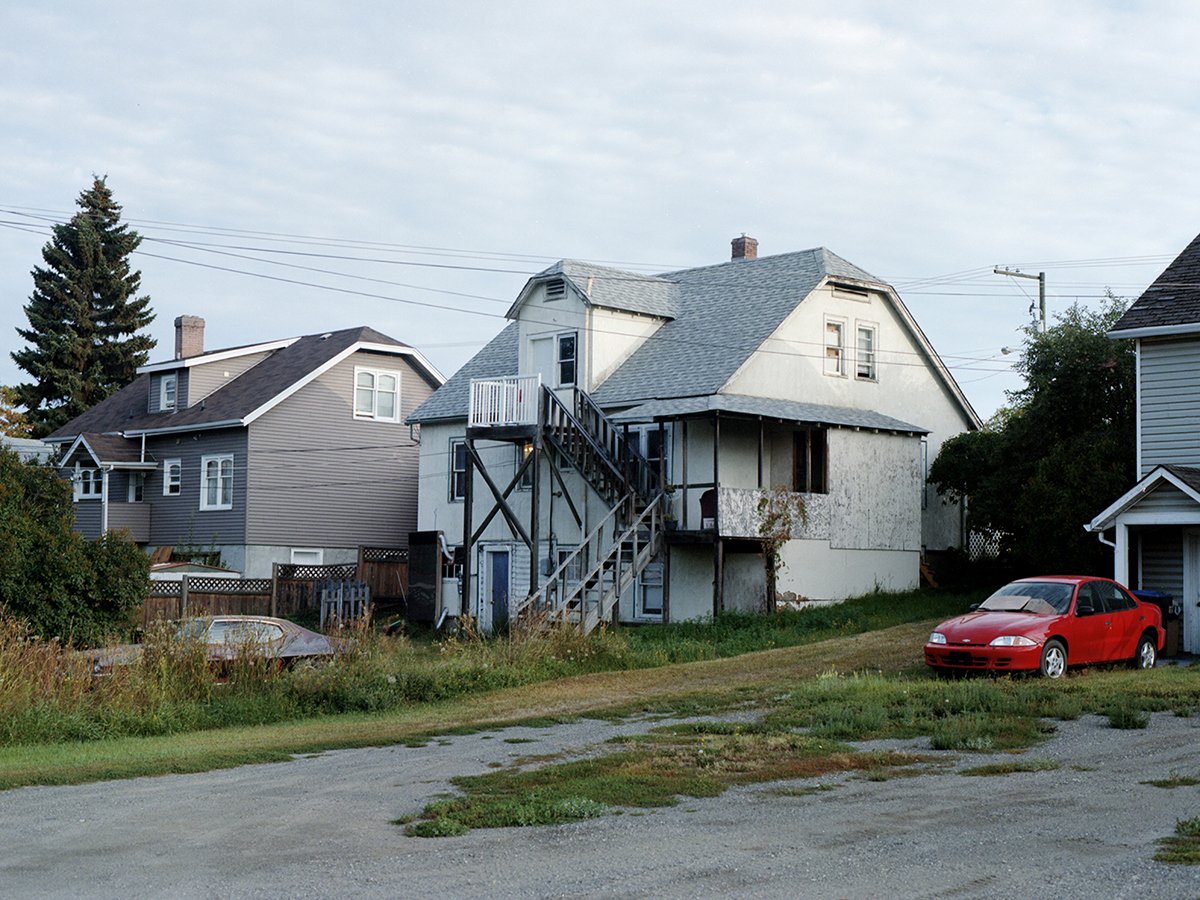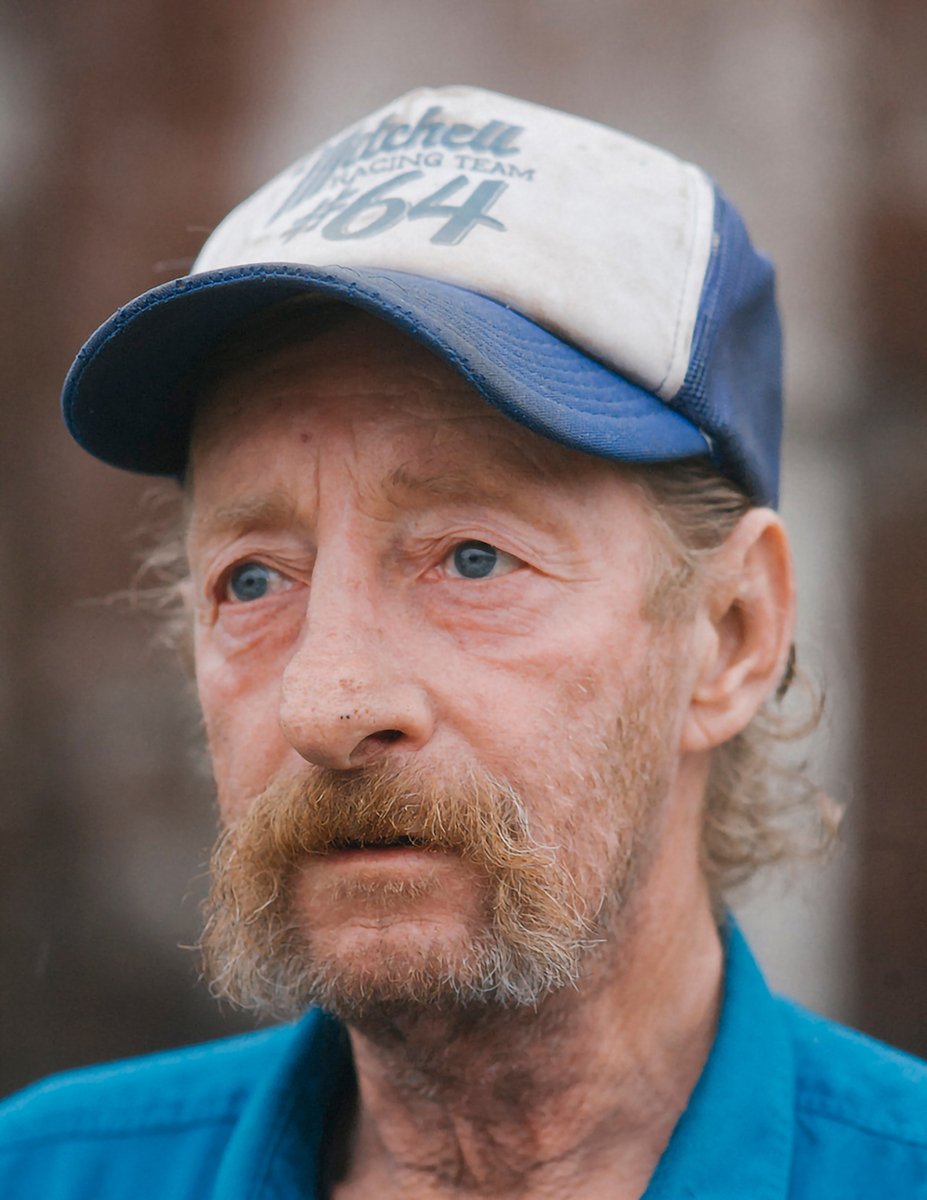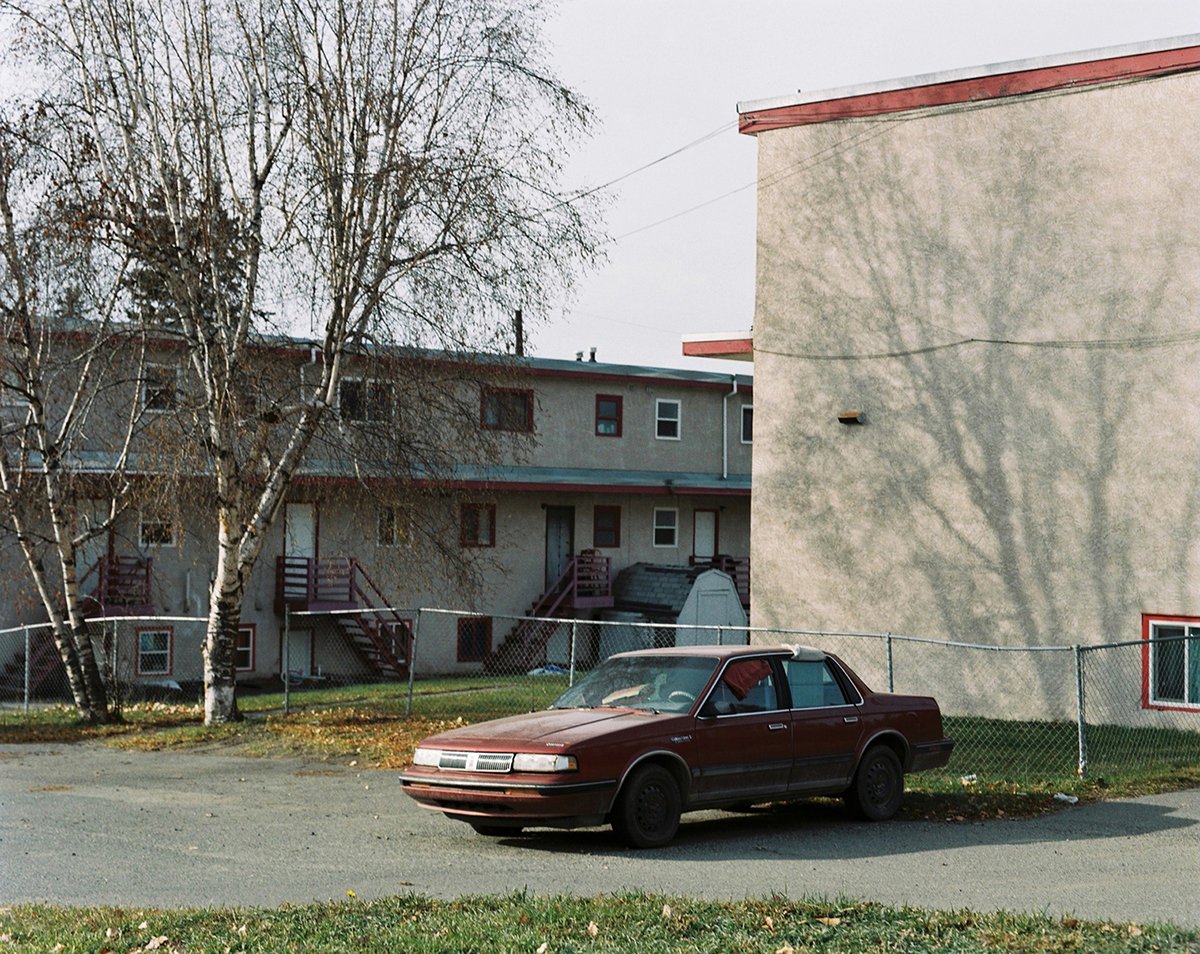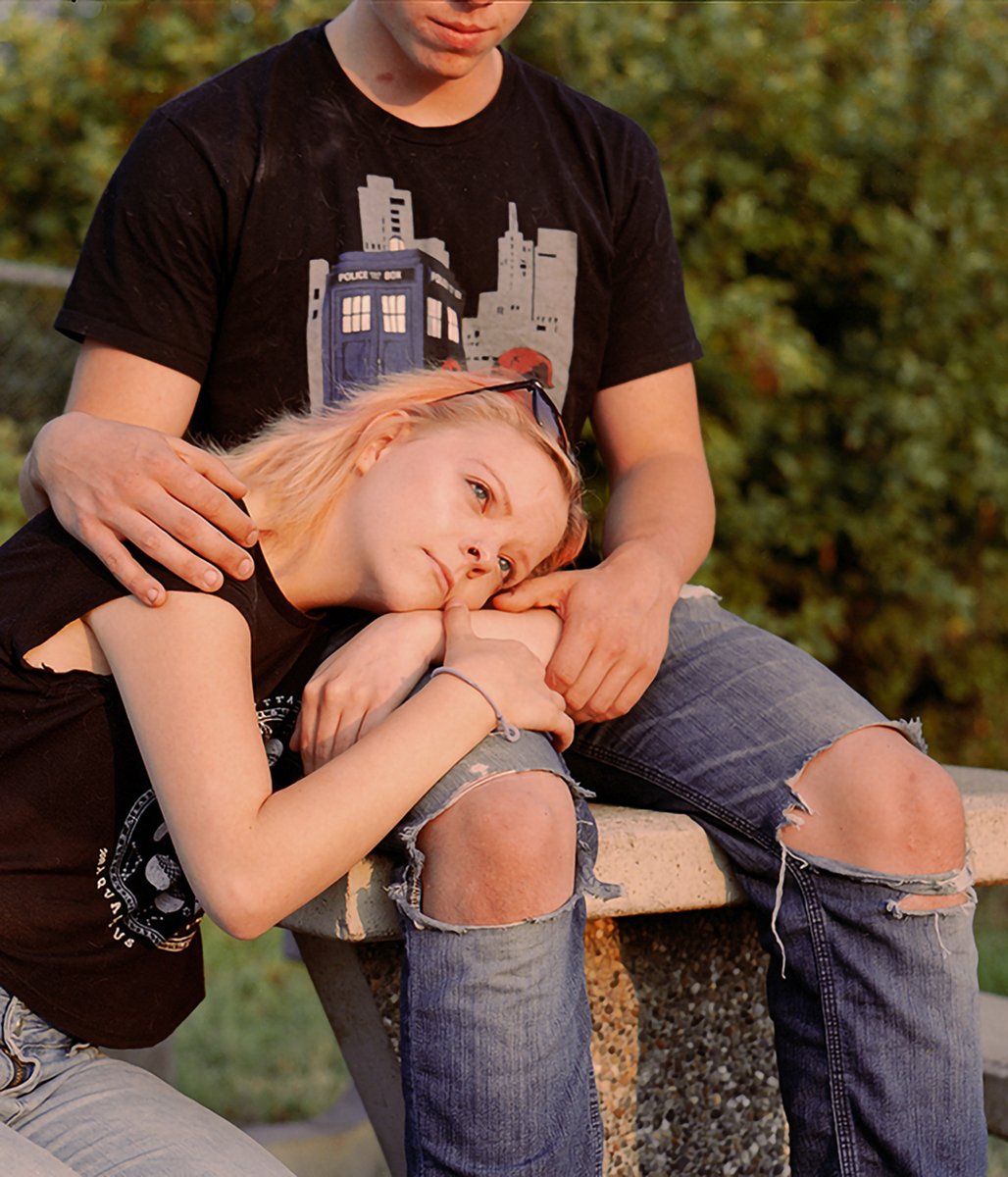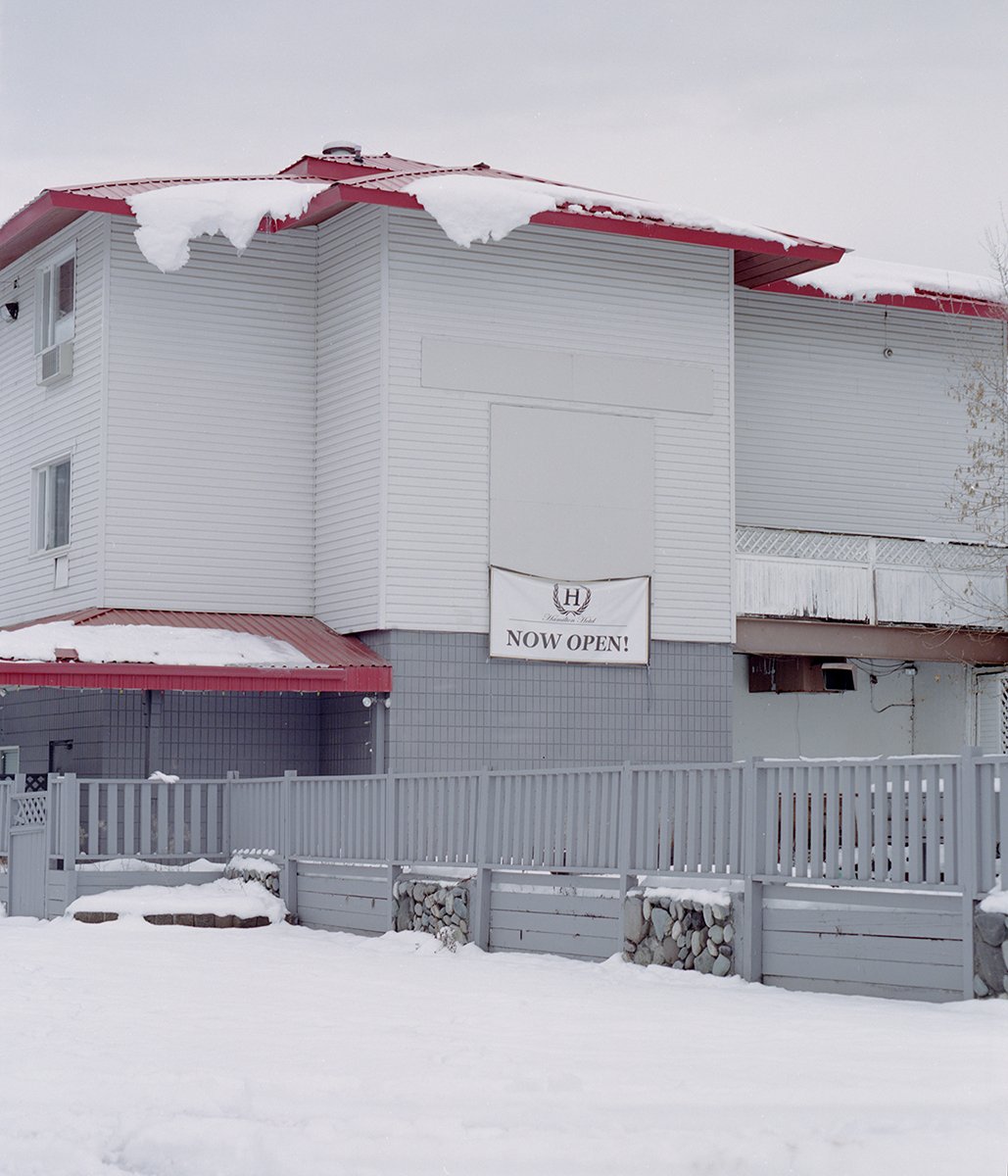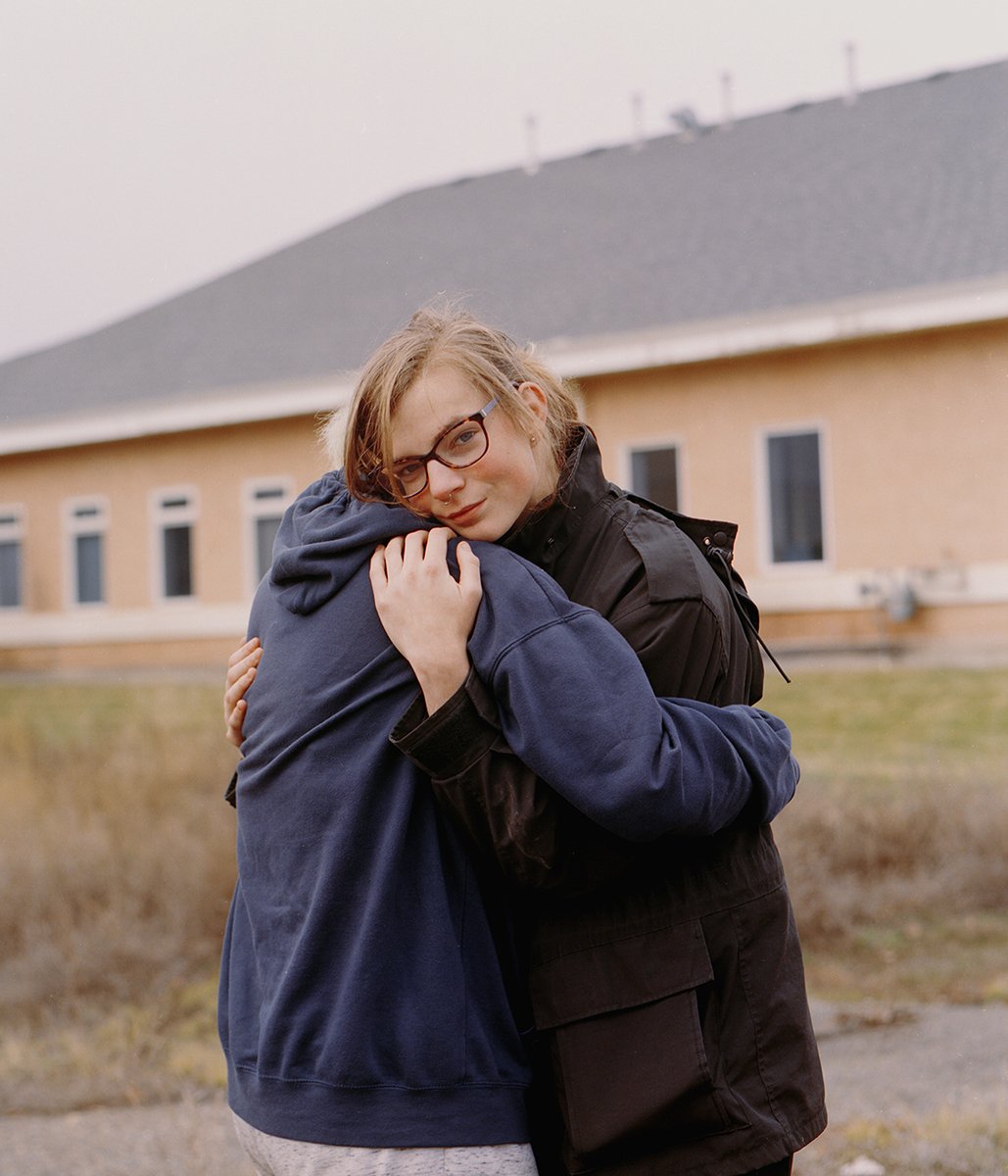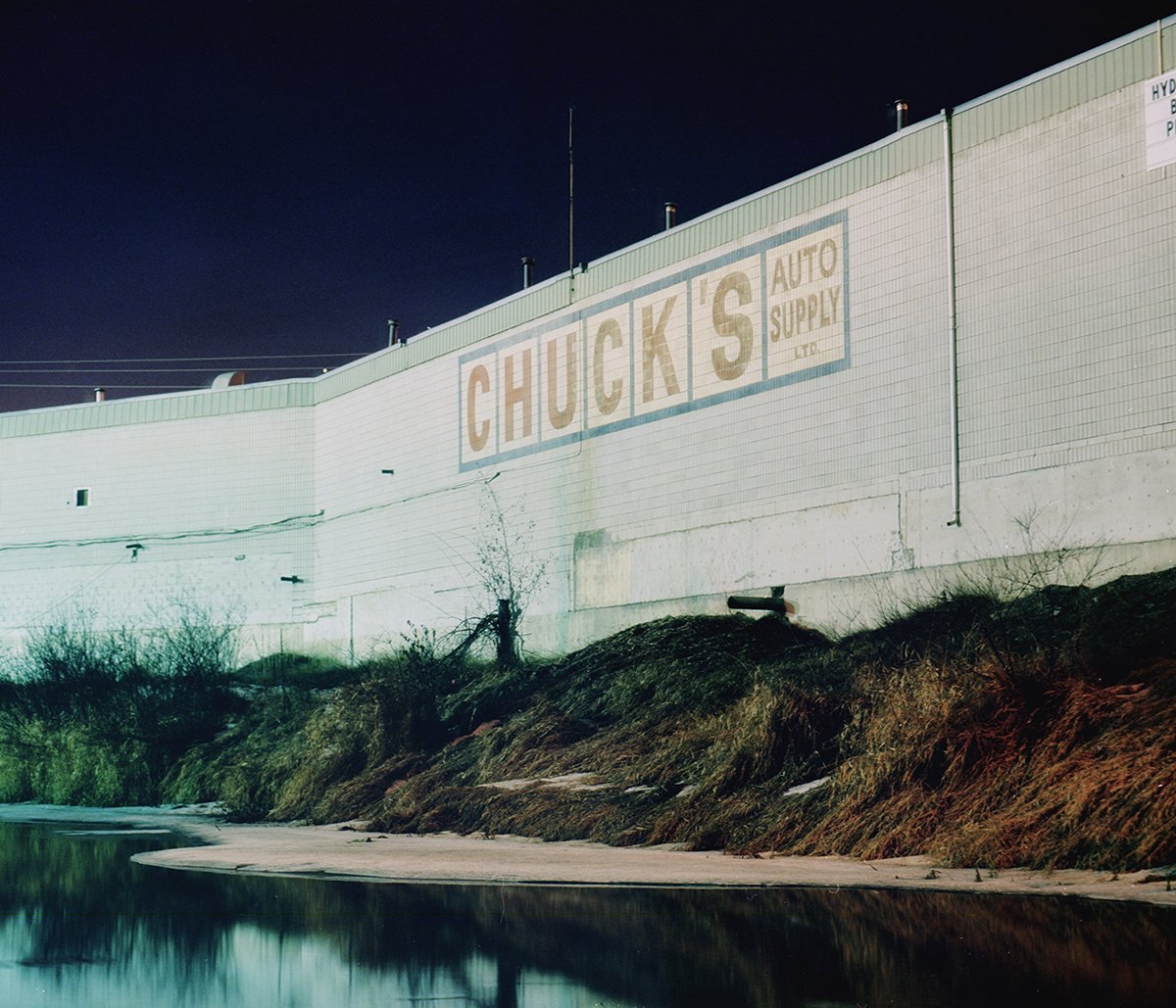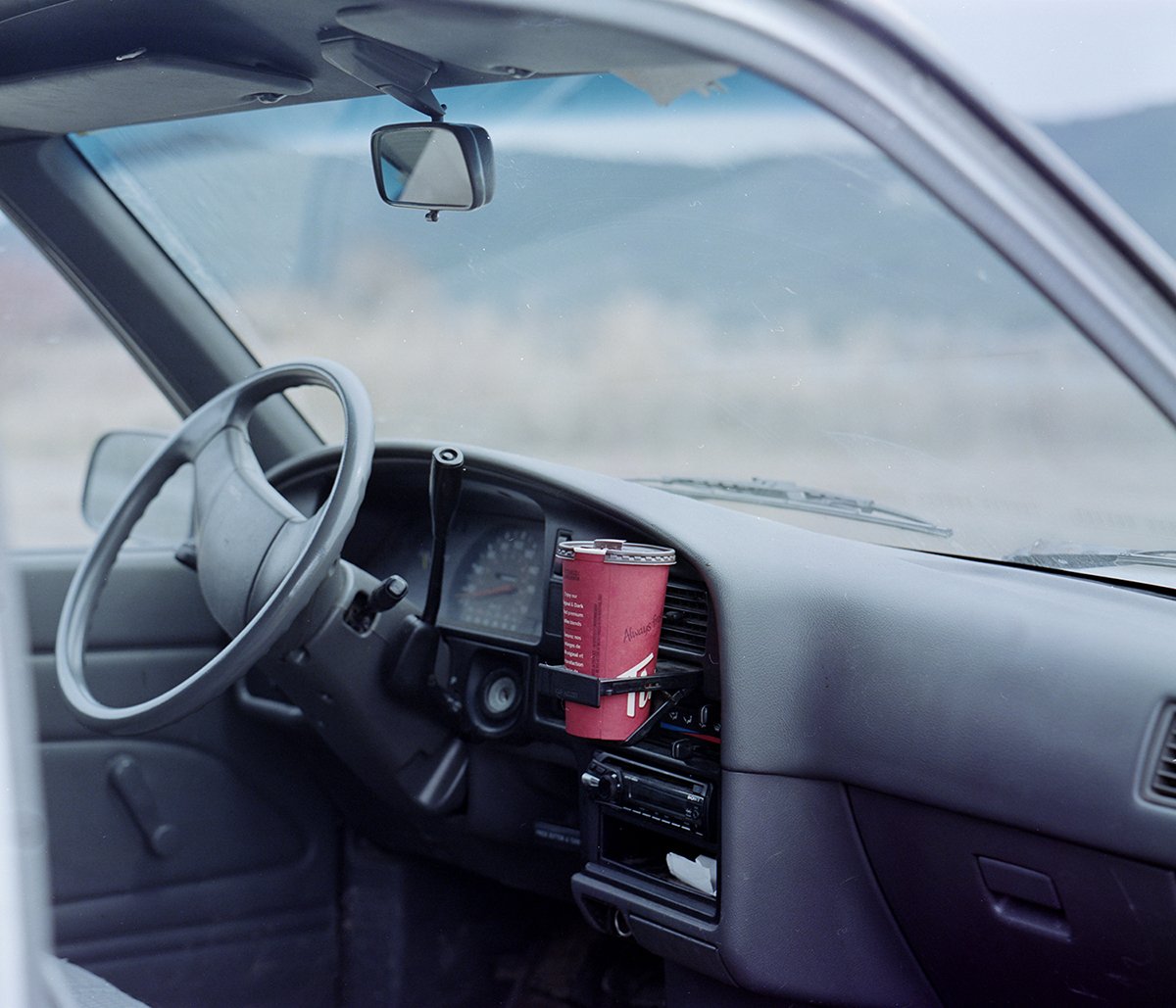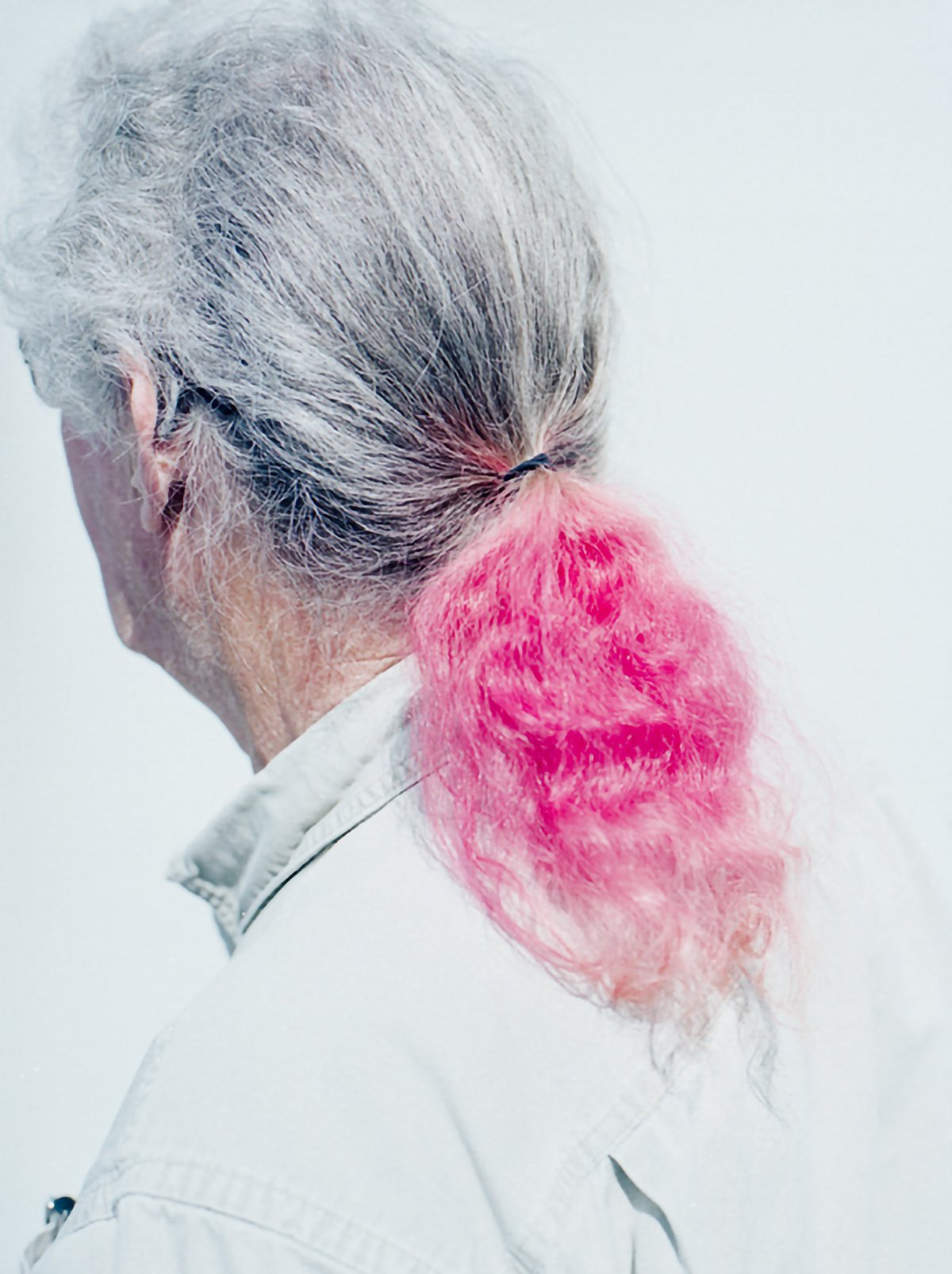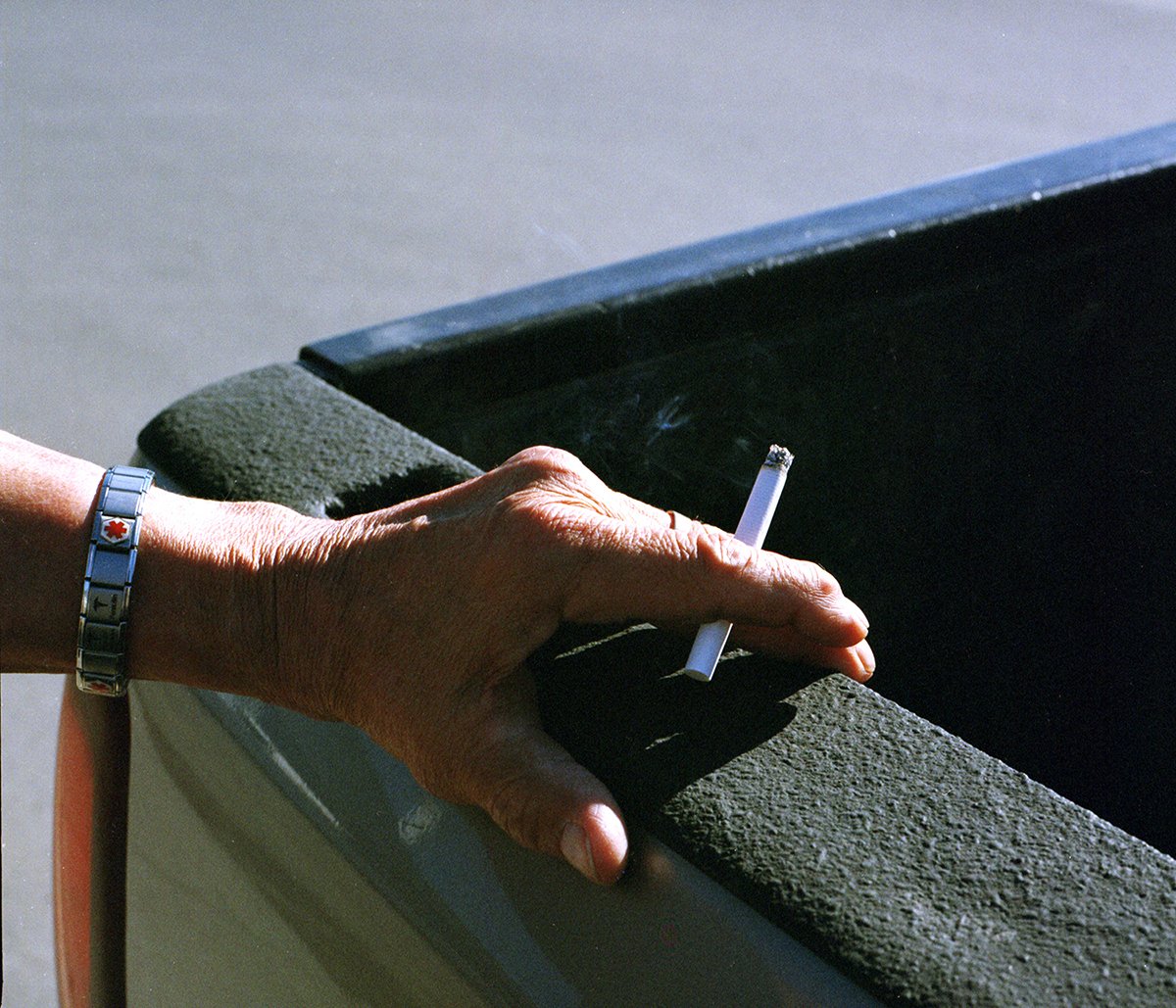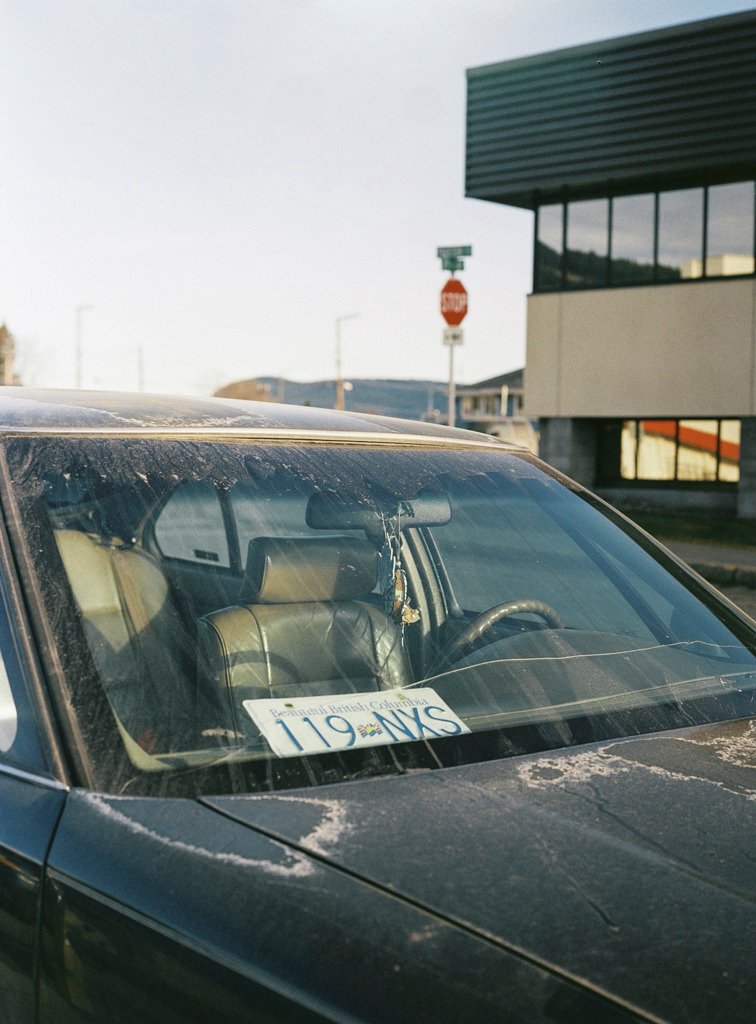Hub City focuses on life in Williams Lake, British Columbia, a community in the province that has gone through significant cultural and socioeconomic change. Located in the Central Cariboo Interior, where individuals’ collective livelihoods and lifestyles have been, and are, currently heavily dependent upon certain industries–particularly the logging and mining industries, which have experienced some unstable periods over the last few years, leading to shut downs and increased unemployment. Generations of families have committed their lives and passed on an identity of working these jobs, becoming culturally bound to these careers.
Casey Bennett is an urban landscape photographer currently based in South-Central British Columbia, Canada. Bennett’s practice is focused around the documentation of the vanishing faces and stories held within countless individuals across the Western Canadian landscape. This compelling collection of images documents a specific place in time and aims to give the viewer an insight with that particular community and it’s individuals that have shaped a region.
Bennett tells a story about his earliest memories of living in Williams Lake, back in 1996 when he was just 16. “My family had been relocated there when my dad’s government job with the Ministry of Forests transferred him. The first month, we stayed in a small hotel room, the 6 of us, while we waited for the house we were moving into become available. It was during these first few months of attending high school, I was exposed to the effects of poverty, drug/alcohol abuse and the lingering effects of years and years of post-colonialism had on the Indigenous community.”
It was common knowledge that Williams Lake would be consistently ranked as one of the worst places to in live in Canada, being plagued with gang violence as well as a struggling socio-economic status — unemployment, health care, education and housing were facing steep uphill battles. In 2006 Bennett left Williams Lake to return to Victoria. It was only in 2015 when he returned from living on the west coast of British Columbia that he started documenting the place in which he had once had a connection with 9 years previous. Bennett describes his photographic approach as an “outlet to communicate my own reconciliation with my own insecurities and relationship with a town that I struggled to identify with, eventually became my own visual documentation of this place in time and the themes of identity and how our environment influences us”.
The title of the series, Hub City, refers to Williams Lake as the central location that sits in the junction of Highway 97 and Highway 20, leading major routes to cities and points of interest like Kamloops (South), Bella Coola (West) and Prince George (North).
